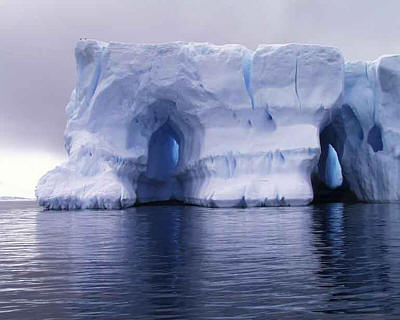Moving ice erosion is an important erosion agent as it is the strongest erosion agent and places all over the world have been affected by ice erosion. When you look for different types of ice erosion, you should look for ice sheets, glaciers, continental ice caps, crevasses, seracs, cirques, comb-ridges, U-shaped valleys, hanging valleys, roches mountonnees, fiords, glacial lakes, truncated spurs, varved shale and moraines. The way most of these ice related landforms are formed mostly by glaciers. For example, U-shaped valleys are created when a glacier goes through a V-shaped valley.
Ice erosion can take in two different forms, the movement of ice or through freeze-thaw processes when water inside pores and fractures in rock may expand causing further cracking.
Glacial erosion erode in three different forms –
- Abrasion – is the mechanical scraping of a rocky surface by friction between rocks and moving particles during their transport by glaciers, wind, waves, gravity, running water or erosion. After friction, the moving particles dislodge loose and weak debris from the side of the rock.
- Plucking – also known as quarrying, plucking exploits pre-existing fractures in the bedrock. This is then followed by the entrainment of the loosened rock by the ice.
- Ice thrusting – the glacier freezes to its bed, then as it surges forward, it moves large sediments at the base along with the glacier.
Through these ways of glacial erosion, things like moraines, ground moraine, kames, kame delta, drumlins and glacial erratics.

great work..was very helpful to me.
ReplyDeletethanks keep working hard